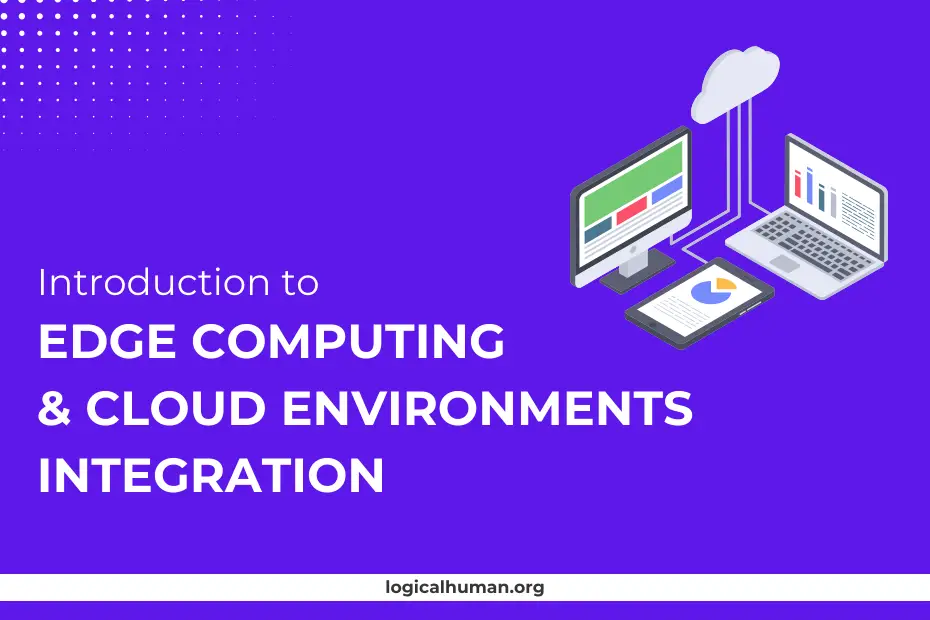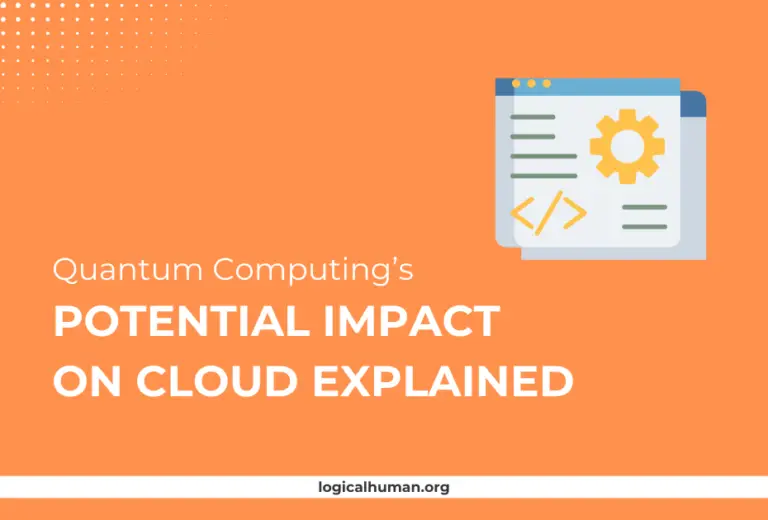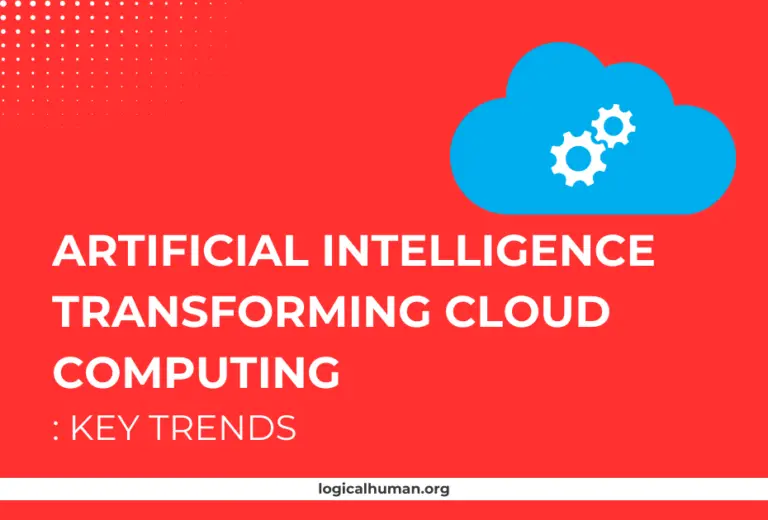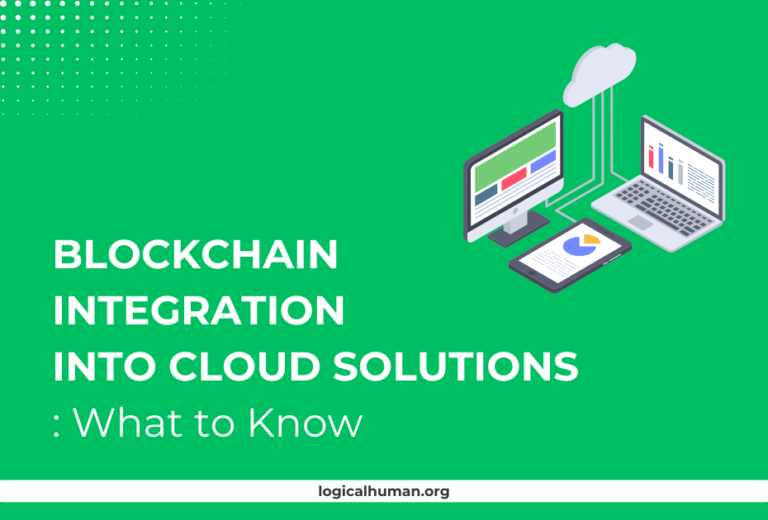In today’s rapidly evolving digital landscape, there is an increasing demand for faster, more efficient data processing. This is where Edge Computing and Cloud Computing come into play. They are two powerful technologies that, when integrated, offer a robust solution for managing data effectively. But what exactly is the buzz around Edge Computing and Cloud Environments Integration, and how does it work? Let’s dive into it step by step.
What is Edge Computing and Cloud Integration?
Simply put, Edge Computing and Cloud Integration is the combination of two transformative technologies. Edge computing focuses on processing data closer to where it’s generated, whereas cloud computing handles storage and complex computation at centralized data centers. Together, they form a dynamic duo to meet modern technological needs.
Understanding Edge Computing
Definition and Concept
Edge computing is a decentralized data processing model where data is processed closer to its source, often at or near devices like sensors, machines, or smartphones. Instead of sending all the data to a cloud or a central server for processing, edge computing handles it locally, improving speed and efficiency.
Key Benefits of Edge Computing
- Faster Data Processing: Since the data doesn’t have to travel long distances, edge computing offers quicker responses, often in real-time.
- Reduced Bandwidth Usage: By processing data locally, it limits the amount of data that needs to be transferred, which reduces bandwidth demands.
- Improved Privacy and Security: Sensitive data can be processed locally without needing to travel across networks, which lowers the risk of interception.
Understanding Cloud Computing
Definition of Cloud Computing
Cloud computing involves delivering computing services—such as servers, storage, databases, networking, software, and analytics—over the internet. Instead of having your own data centers, you rely on a cloud provider like AWS, Google Cloud, or Microsoft Azure to manage it for you.
Different Types of Cloud Models
Public Cloud
In a public cloud, resources are shared among multiple users or tenants. It’s managed by third-party cloud providers and is highly scalable, making it ideal for businesses that require flexible resources.
Private Cloud
A private cloud offers dedicated resources to one organization. It’s typically more secure than public cloud options and gives businesses more control over their data.
Hybrid Cloud
A hybrid cloud is a combination of public and private clouds, offering the best of both worlds. It allows organizations to store sensitive data in a private cloud while utilizing the scalability of the public cloud for less critical data.
| Criteria | Edge Computing | Cloud Computing |
|---|---|---|
| Definition | Processes data locally at or near the data source. | Centralized data processing in remote servers. |
| Latency | Very low latency; ideal for real-time applications. | Higher latency due to data transmission to servers. |
| Data Processing Location | Near the source of data generation (e.g., IoT devices). | Centralized data centers managed by cloud providers. |
| Data Transfer | Minimal data transfer to the cloud; processes locally. | Requires large-scale data transfer to/from the cloud. |
| Scalability | Limited to local resources; less scalable. | Highly scalable with virtually unlimited resources. |
The Need for Edge and Cloud Integration
So, why integrate these two technologies? It’s all about efficiency and real-time performance.
Bridging Latency Gaps
In many industries, latency can make or break an application. By processing data at the edge, delays are minimized, while cloud computing can handle tasks that require intensive processing or long-term storage.
Handling Large Data Volumes
With the rise of IoT devices and big data, the sheer volume of information generated can overwhelm traditional cloud systems. Edge computing helps by filtering and processing data locally, sending only necessary information to the cloud.
Enabling Real-Time Data Processing
For applications like autonomous vehicles or smart cities, real-time decision-making is critical. Edge computing ensures data is processed immediately, while cloud systems provide the computational power needed for deep analysis over time.
How Edge Computing Works with Cloud Computing
Distributed Data Processing
Edge devices collect and process data locally, while the cloud stores data and performs advanced computations. This distribution of data processing allows for a more scalable and efficient system.
Complementing Each Other
Edge and cloud computing aren’t competitors—they’re complements. The cloud handles heavy computational tasks that require immense processing power, while edge devices manage immediate data processing, thus optimizing the overall workflow.
Key Benefits of Integrating Edge Computing with Cloud Environments
Improved Performance
Combining edge and cloud technologies allows businesses to get the best of both worlds. Edge computing ensures faster data processing, while cloud computing provides the infrastructure for large-scale computations.
Reduced Latency
By processing data closer to its source, edge computing significantly reduces the time it takes for data to travel, thus lowering latency.
Enhanced Security
Since data can be processed locally at the edge, organizations can reduce the risk of sensitive information being intercepted during transmission to the cloud.
Use Cases of Edge and Cloud Integration
Autonomous Vehicles
Edge computing is crucial in autonomous vehicles for real-time processing of data from sensors, cameras, and radars, while cloud systems help manage maps, traffic conditions, and software updates.
Smart Cities
Smart cities rely on edge and cloud integration to manage traffic, utilities, and safety systems efficiently. Data from IoT devices are processed locally to make real-time decisions, while cloud platforms store and analyze this data for long-term planning.
Healthcare IoT
In healthcare, wearable devices track patient data in real-time via edge computing, allowing immediate responses to critical conditions. Meanwhile, the cloud can store and analyze data to improve long-term health outcomes and treatment strategies.
Challenges in Edge and Cloud Integration
Data Privacy and Security Issues
Managing the security of data processed at multiple edge locations can be challenging. While edge computing enhances privacy, ensuring secure transmission to the cloud is crucial.
Infrastructure Complexity
The integration of edge computing and cloud environments often requires complex infrastructure and management. Balancing workloads between edge devices and the cloud can become tricky.
The Future of Edge and Cloud Integration
Technological Advancements on the Horizon
Advancements in 5G technology, AI, and machine learning will play a pivotal role in the continued integration of edge computing and cloud environments. These advancements will improve the speed, reliability, and security of these systems.
Impact on Different Industries
From manufacturing to retail and healthcare, the integration of edge and cloud computing will continue to revolutionize industries by making data more actionable and operations more efficient.
Conclusion
Edge computing and cloud environments integration is a game-changer in the world of data management. It offers the perfect balance between real-time processing at the edge and the scalable power of the cloud. While challenges like security and infrastructure complexity exist, the benefits of improved performance, reduced latency, and enhanced scalability far outweigh them. As technology continues to advance, the partnership between edge and cloud computing will only become more critical in various industries, from healthcare to smart cities and beyond.
FAQs
What are the challenges of integrating edge computing with the cloud? The primary challenges include ensuring data security during transmission, managing complex infrastructure, and balancing workloads between the edge and the cloud.
What are the main differences between Edge and Cloud Computing? Edge computing processes data locally, while cloud computing involves centralizing data in remote servers. They serve different purposes but complement each other.
Why is latency important in Edge Computing? Latency is critical for real-time applications, such as autonomous vehicles and healthcare IoT, where even a millisecond delay can make a difference.
How does edge computing help in real-time data processing? By processing data close to the source, edge computing enables immediate actions, reducing the delay associated with sending data to a central server.
What industries benefit the most from Edge-Cloud integration? Industries like healthcare, manufacturing, autonomous vehicles, and smart cities see the greatest benefit from this integration due to their need for real-time decision-making and large-scale data processing.



